As someone who enjoys gardening, this is the best time of year. The warm season vegetable plants are starting on window sills and in greenhouses, while there's still time to plant cool season crops outside, such as Kohlrabi.
Now, some of you are wondering what in the world is a kohlrabi.
Kohlrabi (Brassica oleracea) is a German word meaning literally cabbage (kohl) turnip (rabi).
It's a biennial plant, meaning it will take 2 full growing seasons for seeds to develop. If I let a kohlrabi planted this spring continue to grow, the bulbous stem would get big and tough. Next summer, a purplish flower will develop. This is where seeds could be harvested from.
Kohlrabi Botany & Cooking Lessons
Although they look nothing alike visually, Kohlrabi is a different horticultural form of Brussels sprouts, cabbage, broccoli, and kale. The first known written account of the kohlrabi was by a botanist named Mattoli in the mid 1500’s and had arrived in North America by the1800’s as more European settlers arrived.
The versatility of the kohlrabi makes it one of my favorite crops, because it can be enjoyed raw or cooked.
The bulbous stem (which really isn’t a bulb) is the most used part of the plant. When peeled and eaten raw, they are crisp and juicy just like an apple, but not as sweet.
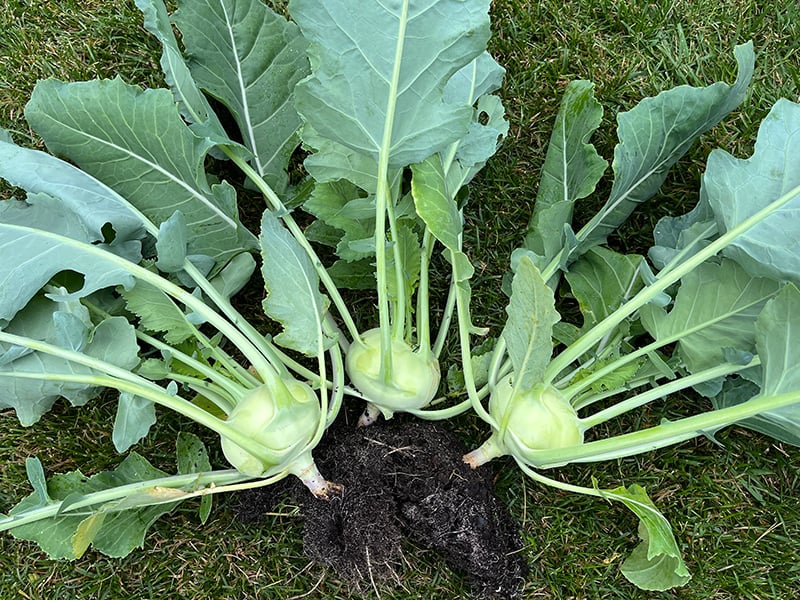
The leaves that grow off the bulb are also edible. They can be cooked like collard greens or used fresh in salads or slaws. If cooking like greens, they will need to cook longer to become soft. Some people say they taste like broccoli stems or cabbage hearts. I think they have a very mild radish taste, myself.
They are a super easy crop to grow. Just like cabbage and cauliflower, they can be found in a purple color. This color is only found in the outer skin. The flesh inside will still be a very light green, almost white. Flavor is unaffected by the color change.
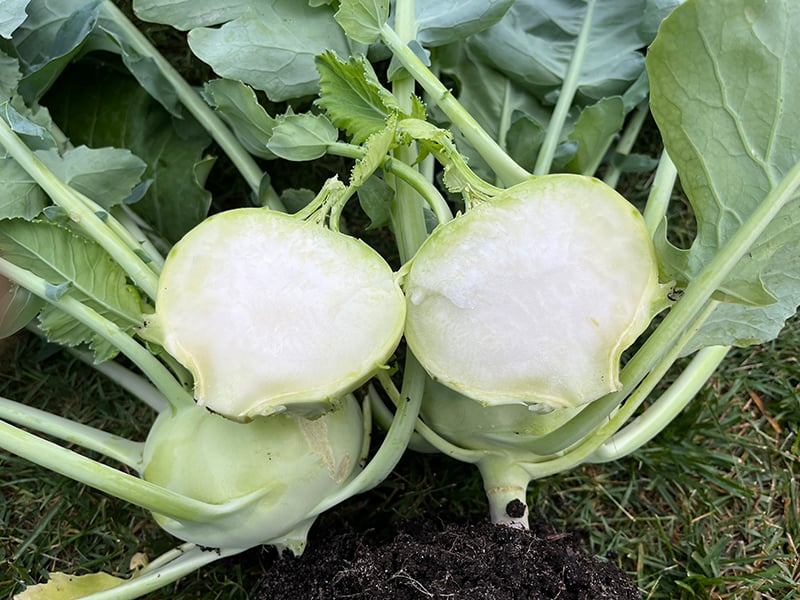
How to Plant Kohlrabi
They need full sun and organic matter rich soil. Soil³ Veggie Mix is the perfect growing medium, and mine were grown in it last spring.
Early spring and fall crops are very easy to obtain, since they are a cool weather crop. You can sow seeds directly into soil after the danger of frost has passed. The seeds should be planted 1/4 to 1/2" deep and lightly compacted. When they have popped up, you will need to thin the rows to provide room to grow.
Depending on the variety, harvesting will be done when the “bulbs” are about 2 to 3” in diameter. If they get too big, they will become woody inside. Starter plants can also be found at your local garden store.
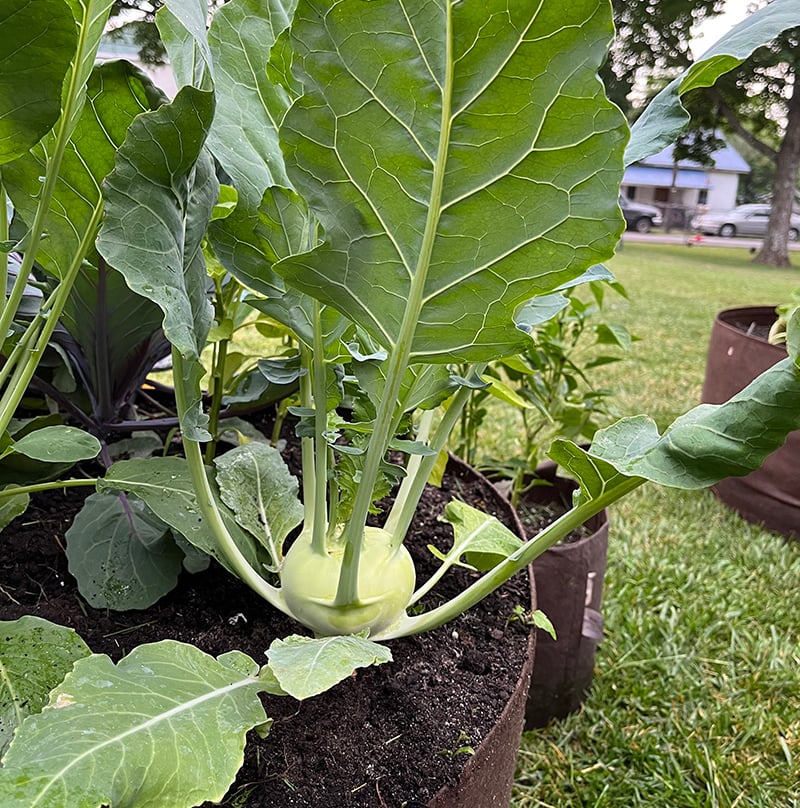
The root system is delicate, so take caution when weeding to not damage your seedlings. Using mulch around your plants will help prevent weeds.
Keeping a regular watering schedule is also very important. If they are not kept wet enough, they can get woody and stringy.
Cabbage loopers will eat the leaves if you don’t treat them. I use Bacillus thuringiensis, or BT. It is available from online retailers or big box stores.
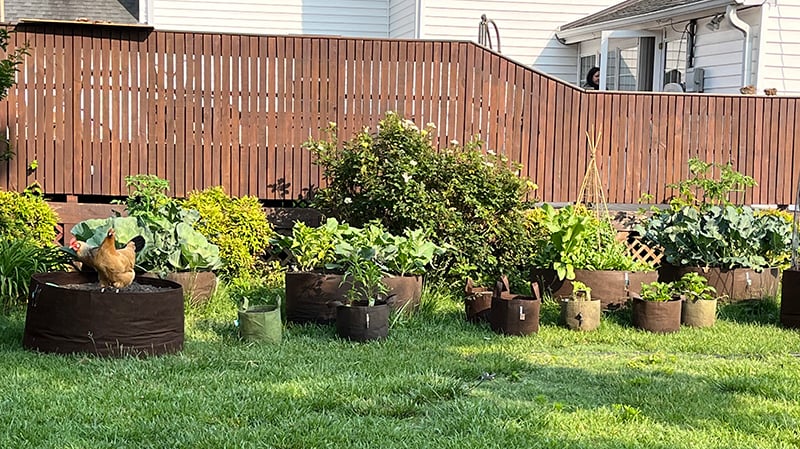
My wife and I went to the local Mennonite market here in East Tennessee and found some purple ones. Since these are not popular in your local grocery store, your local farmer’s market is a great place to look for this delicious vegetable and try them before you plant them in your garden.
Hopefully this article introduced a new vegetable to your fall and spring garden. Give them a try. You won’t be disappointed.
![Growing a Giant Pumpkin on a Scale with Danny Vester [Video]](https://blog.soil3.com/hs-fs/hubfs/Danny%20Vester%20and%20his%20pumpkin.jpg?width=300&name=Danny%20Vester%20and%20his%20pumpkin.jpg)
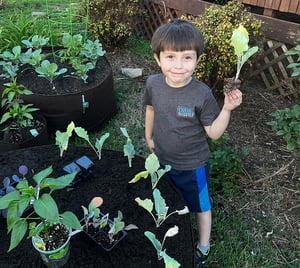
![Growing a Giant Pumpkin on a Scale with Danny Vester [Video]](https://blog.soil3.com/hs-fs/hubfs/Danny%20Vester%20and%20his%20pumpkin.jpg?width=300&name=Danny%20Vester%20and%20his%20pumpkin.jpg)
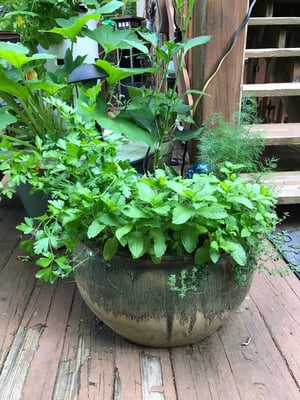
![Growing Giant Pumpkins: A Lovitt Family Hobby [Video]](https://blog.soil3.com/hs-fs/hubfs/Lovitt%20Family%20pumpkin%20pic%20thumbnail.jpg?width=300&name=Lovitt%20Family%20pumpkin%20pic%20thumbnail.jpg)
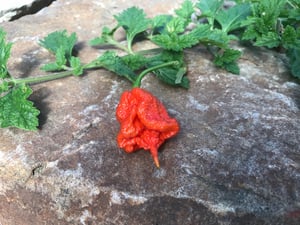
![Growing Giant Watermelons with a North Carolina Champion [video]](https://blog.soil3.com/hs-fs/hubfs/Soil3%20BLOG/Todd%20Dawson%20and%20his%20watermelon.jpg?width=300&name=Todd%20Dawson%20and%20his%20watermelon.jpg)
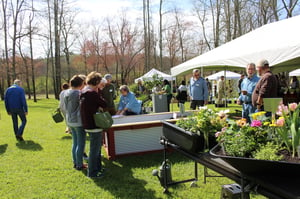




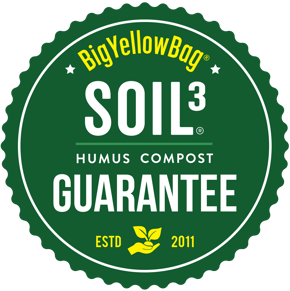
Did this help you out? Have any questions for clarity? Leave a comment below!